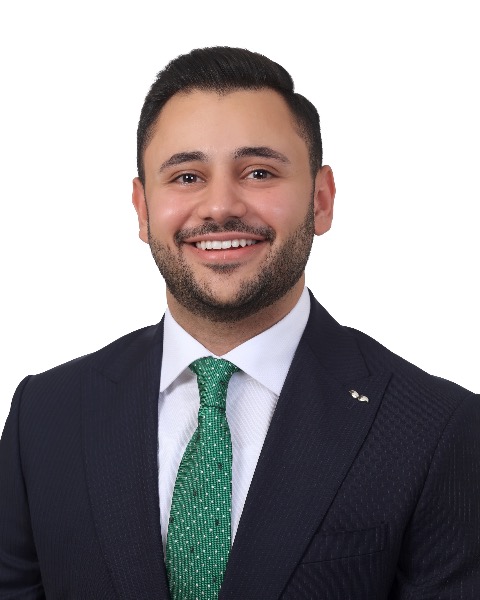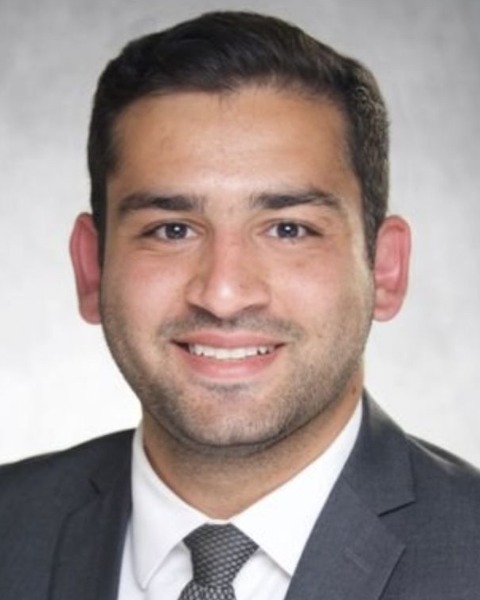SIR 2025
Women's Health
Scientific Session
Uterine Artery Embolization for Giant Fibroids and Massive Uteri in Obese Patients - A Multicenter Retrospective Safety and Efficacy Analysis

Rihin P. Chavda, MD
IR/DR Resident
Interventional Radiology, UT Southwestern Medical Center, United States- CK
Courtney Koplyay, BS
Medical Student
UT Southwestern Medical Center, United States 
Ahmad Arar, MD
Research Assitant
University of Texas Southwestern, United States
Amro Saad Aldine, MD
IR/DR Resident
Interventional Radiology, UT Southwestern Medical Center, United States- SR
Samuel Rice, MD
Assistant Professor
University of Texas, Southwestern, United States 
Akram Sadeghi, MD
Radiology Resident
Morristown Medical Center, United States- JB
Jamaal Benjamin, MD
Assistant Professor
UT Southwestern, United States
Presenting Author(s)
Author/Co-author(s)
Uterine artery embolization (UAE) for symptomatic uterine fibroids has become an accepted treatment strategy for abnormal uterine bleeding and bulk symptoms. The obesity epidemic in the USA is rapidly transforming the demographics of patient populations undergoing UAE. Additionally, the hormonal nature of uterine fibroids has led to an association between higher BMI and larger fibroid and uterine volumes. This study aims to assess safety and efficacy of UAE for giant fibroids and massive uteri for obese patients relative to their normal BMI counterparts.
Materials and Methods:
A multi-center, retrospective review of 68 patients with giant fibroids ( >10 cm in maximal dimension) or massive uteri ( >700 cm3 ) who underwent UAE between January 2011 and May 2024. Patients were divided into two groups: non-obese (BMI < 30; n=27) and obese (BMI > 30; n=41). The primary outcome assessed was symptomatic resolution, and secondary outcomes included periprocedural complications and imaging follow-up. Major complications were defined as uterine necrosis, ovarian failure and infection/sepsis. Minor complications were defined as prolonged hospital stay ( >2 days), fever (Tmax ≥102.2° F), hyperemesis, bleeding or groin hematoma, or urinary retention.
Results:
Symptomatic improvement was observed in 90% of the patients, with 100% improvement in the non-obese group and 79% in the obese group (p=0.027). There were no major post procedural complications in either group. The overall rate of minor complications was 10%, and there was no significant difference observed between the obese group (12%) and the non-obese group (7.4%) (p=0.7). Imaging follow-up showed comparable reduction in overall uterine volumes between the two groups with an average reduction of 45.2% in uterine volume across both groups.
Conclusion:
This study demonstrates UAE as a safe and effective treatment for giant fibroids and massive uteri in obese patients. There were comparable uterine reduction volumes without major differences in complication rates between the two groups. Although non-obese patients demonstrated statistically significant reduction in symptoms, both groups experienced overall high rates of symptomatic improvement. This study highlights previously unknown clinical outcome differences in obese patients with giant fibroids undergoing UAE.


.jpg)